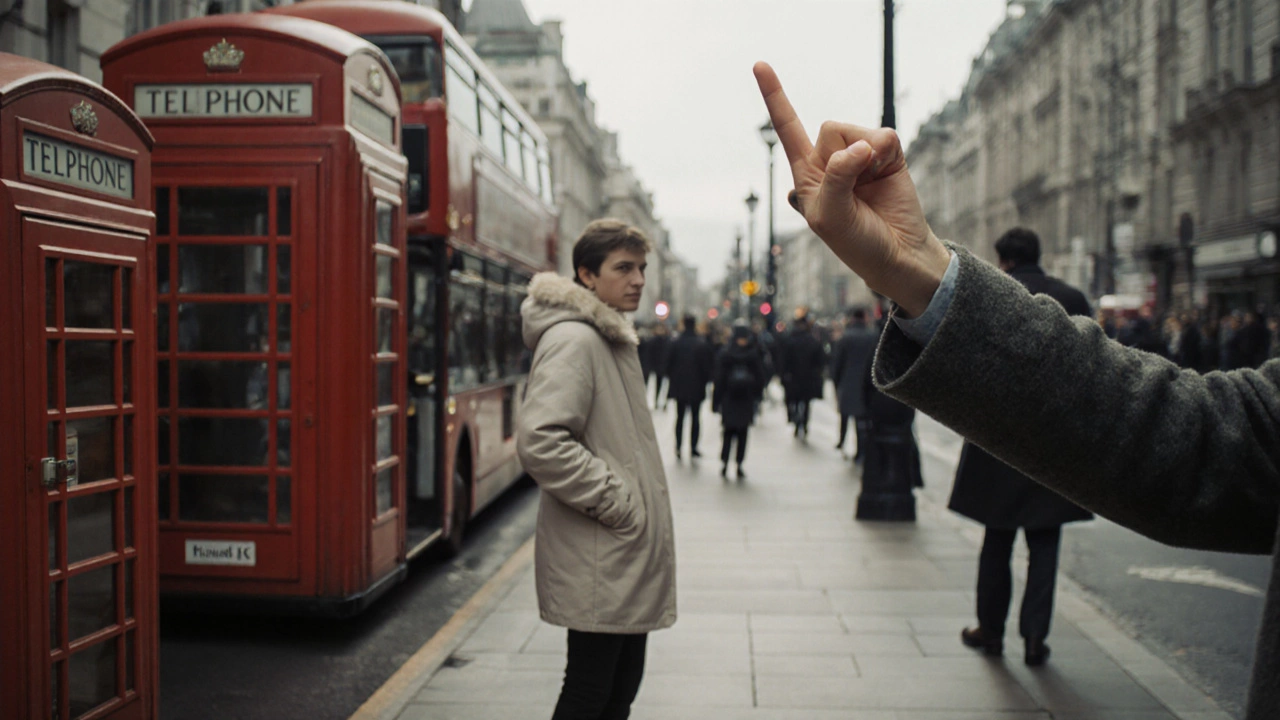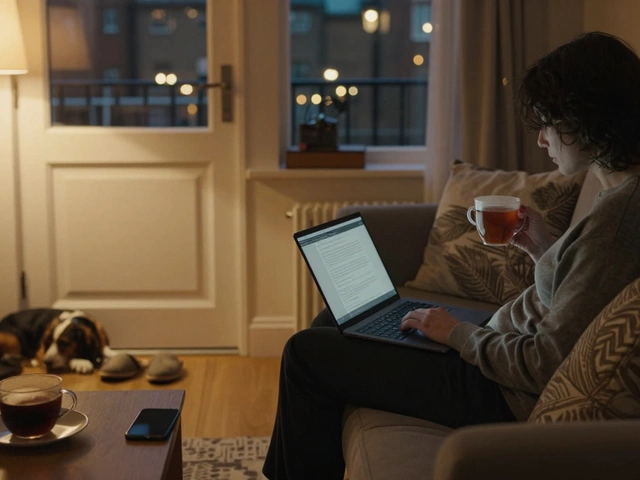British rude gestures
When talking about British rude gestures, non‑verbal signs that are considered offensive or impolite in the United Kingdom. Also known as UK hand signals, they often convey frustration, anger, or sarcasm without a word. These gestures range from the classic "V sign" with the palm inward to the raised middle finger, each carrying a history tied to social class, sport rivalries, and regional rivalry. British rude gestures pop up in pubs, on the street, and even in televised debates, shaping how people interpret intent and tone.
How hand gestures and slang intertwine
The first related entity you’ll meet is hand gestures, physical motions of the hands used to communicate messages without speech. Hand gestures are the vehicle for many British rude gestures, turning a simple motion into a cultural statement. Knowing that a "V" shown with the back of the hand faces outward is a friendly sign, while the same sign reversed is a sharp insult, helps you avoid accidental offense. This link between hand gestures and social meaning shows why context matters more than the movement itself.
Next up is British slang, informal language and colloquialisms that reflect everyday British life. Slang often names or describes these gestures—think “flipping the bird” for the middle finger. The slang gives the gesture a nickname that spreads through pop culture, jokes, and media, reinforcing its reputation. When you hear someone say they’re “giving the two‑fingers,” you instantly know it’s a rude gesture, even if you’ve never seen it performed. This relationship illustrates how language shapes perception of non‑verbal cues.
The third key entity is cultural etiquette, the accepted standards of behavior and manners within a specific society. Cultural etiquette defines which gestures cross the line from playful to offensive. For example, the “thumbs up” is generally positive in many places, but in some UK subcultures it can be a sarcastic jab. Understanding these etiquette rules helps you navigate social settings without stepping on toes. In short, British rude gestures sit at the crossroads of hand gestures, slang, and cultural etiquette, each influencing the other and shaping everyday interaction.
Below you’ll find a curated mix of articles that dive deeper into specific gestures, their histories, and tips on reading British non‑verbal cues. From the classic “V sign” to newer meme‑inspired signals, the collection offers practical insights to keep you confident whether you’re chatting in a London café or watching a football match. Explore the range, spot the nuances, and stay ahead of social faux pas as you move through the British scene.
Learn what the 'bad finger' means in England, why it's offensive, and how to handle it while traveling. Get clear examples, a handy gesture cheat sheet, and tips to stay smooth on your UK trip.






